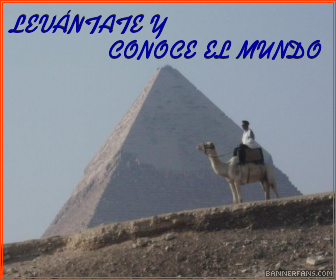Explicación en Inglés del Experimento:
A fluorocarbon-based ferrofluid, with about 400-G saturation magnetization and low field magnetic susceptibility of 3, is placed within a glass Hele-Shaw cell of 1.1-mm gap. Magnetic fields are applied that have in-plane clockwise rotating and dc axial magnetic fields. The ferrofluid is surrounded by a 50/50 mixture of isopropyl alcohol and deionized water, which prevents ferrofluid wetting of the glass plates. In all cases, the rotational field strength is 20 G rms, and the frequency is 25 Hz. The dc magnetic field will be increased from 0 to 100 to 200 G.
The first experiment uses a 50-µl drop of ferrofluid. The dc axial field is first increased to 100 G, and then the clockwise rotating field is turned on. The ferrofluid drop is circular before the magnetic field is applied. When the dc magnetic field is applied, the ferrofluid drop forms a spiking labyrinth pattern. Then the clockwise rotating field is applied, and the spikes begin to curl in on themselves, forming a smooth spiral pattern after some of the spikes are absorbed into the larger structure. The smooth spirals form from viscous shear as the clockwise rotating magnetic field causes counterclockwise flow on the outside ferrofluid surfaces, which return on the inside surfaces.
The second experiment uses a 200-µl drop of ferrofluid. First, the clockwise rotating field is applied, which causes a counterclockwise flow that holds the circular fluid drop together without spikes. Then a 100-G dc axial field is gradually applied. This results in the ferrofluid drop appearing to expand before a phaselike transition at a critical dc magnetic field strength around 100 G. Careful observations show that the pattern forms at slightly less than 100-G dc field under a thin ferrofluid coating on the top glass plate, which then abruptly peels away at slightly increased dc axial magnetic field. The magnetic field is then increased from 100 to 200 G to form an intricate internal pattern surrounded by a circle of ferrofluid with spiraled arms. The second experiment is repeated again three more times under essentially identical conditions, with common features but it appears that the fine features are different each time.
Acknowledgments: This research is supported by National Science Foundation Grant No. CTS-0084070.
domingo, 25 de noviembre de 2007
Slow Motion de Experimentos con fluidos férricos
Suscribirse a:
Enviar comentarios (Atom)




















No hay comentarios:
Publicar un comentario